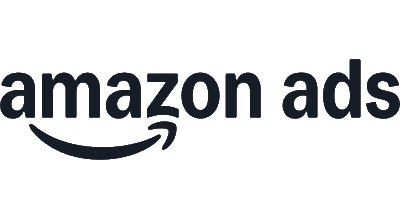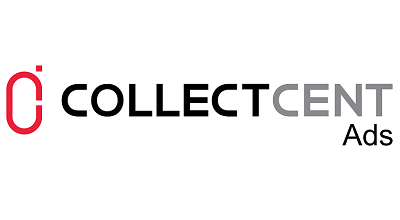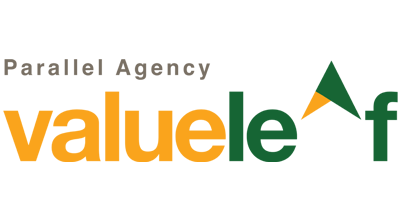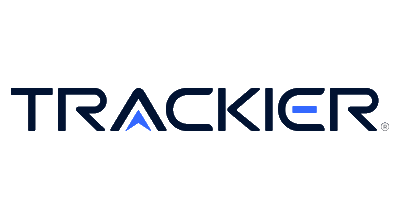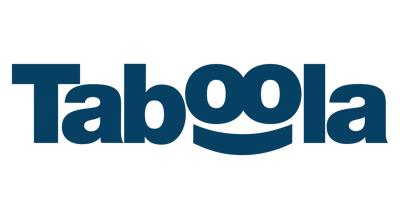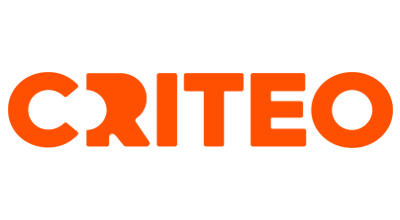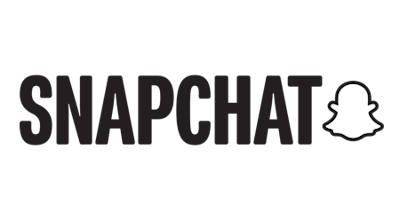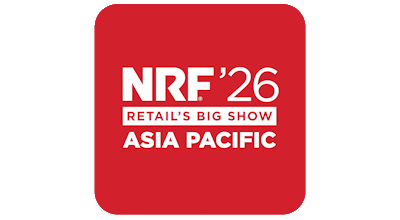The digital marketing space is in a state of constant disruption, providing newer opportunities for both marketers and solution providers every day. What according to you are the newest trends/opportunities we need to look forward to?
Demands coming from brand advertiser in digital is booming. In India markets, TV ads and print ads used to be the absolutely dominating ad formats, and it gradually shifts to digital ads, especially video ads, to reach target audience
The problem about reaching right target audience at the right time in the right format – now can be better solved. In the past, users search for information, and now the platform understands their users’ preference, and distribute content to users via algorithm according their interests.
The word “engagement” is generally considered to be overused in the current day-and-age. What are your thoughts on this subject?
Focusing on engagement might be a compromise, due to not able to track final sales conversion. It is challenging for advertisers to track the final conversion and ROI, for the facts that there are many factors affecting final conversion, tracking period is long and all kind of reasons. Under such circumstances, tracking engagement is something we can actually do. When we have clear definition of engagement, including like, share, comment, vote, etc. we have exact numbers that are easy to count.
Engagement is one of the metrics that illustrate the brand campaign performance, and what marketers should keep an eye on, yet over-emphasis on engagement may lead to KPI concern only or even ad-fraud. There are other key metrics that are of significance to brands, such as the quality of gained users, generated website traffic, brand mentioned on SNS or brand popularity growth. It usually takes times and tests to figure out North Star Metric, or the suitable metrics combination for your brand.
With the sheer wealth of influencers that are coming up as of right now, how do you think the concept of “influencer marketing” will evolve over the next decade?
Influencer Marketing Technology to improve measurability
Companies are more focused than ever on measuring their influencer marketing outcomes, the focus will still grow. Now, brands can measure metrics such as click-through rate, engagement rate, etc. to analyze the effectiveness of their campaign. I believe there will be rise of technology, through which advertisers will be able to track data in detail and measure ROI more easily. Data-centric influencer marketing campaigns allow marketers to further optimize their campaign as well.
Increased Budgets
Another shift in influencer marketing is the growing demands from marketers. Marketers have realized the value of influencers and 39% of them plan to invest more budget on influencer marketing, according to The Linqia’s State of Influencer Marketing 2018.
It’s an endurance job
Currently the cooperation between brands and influencers are mostly transactional or promotional. Considering that customers’ attention span is fragmentally split, it delivers limited impacts to customers when brands only proceed short-term promotional influencer campaign. A longer bond between brands and influencers helps amplify their voice, and strengthen the imagination brought by the campaign.
Scalability and transparency are two major challenges faced in influencer marketing. What measures are UC Ads taking to overcome these obstacles?
Transparency
UC Ads influencer marketing is base in the content, so we provide tracking to view and engagement including like/comment/forward. We’re working on analyzing capability on buzz, to figure out the pro and con opinions of the brand. Plus, we have UC Trends, it’s an index on which marketers can learn about how the brand popularity grows, and how is the brand associated with other key words.
Scalability
The scale of influencer marketing will still grow, haven’t hit the ceiling. UC built up influencer pool, covering 10+ verticals. We introduce the concept and scale up supply. At the same time, UC introduces the concept to brands, to increase demands. We are confident that it’ll develop a healthy loop, brands, influencers and UC platform can all benefit from it.
China market sees the flourish development of influencer marketing. When Sina Weibo, Taobao, Red and other big players jointly adapt to influencer marketing, they shared skills with influencers, and created useful tools for them. Both brands and Influencers soon master the idea and earn benefit from it. The scale of influencers and influencer marketing witnessed a rapid growth.
There’s a wealth of data available when it comes to any marketing endeavour. What are the metrics you would take into account if you want to gauge the overall effectiveness of an influencer marketing campaign?
In the specific campaign, we monitor view and engagement including like, comment and share. For the longer period, UC Trends monitors the popularity growth of the brand in certain period. Thanks to our big data and analyzing capability, we will be able to diagnose users’ imagination towards brands.
UC Ads’ influencer marketing campaign for the Huawei Honor 7X was a roaring success. What, according to you, were the major reasons for the success of this campaign?
Social influence – UC has cooperated with celebrities in many verticals, most of which are really the thought leaders of their area. Their original content usually drive much organic traffic and focus. It attributes to campaign quality and performance.
Credibility – UC Ads, leveraging UC Browser and UC News, is a widely-known platform in local market. It’s a trust-worthy platform with huge daily traffic.
Client’s Trust – the concept is much accepted by Huawei. Client gave UC Ads team much trust on doing the campaign, and we work closely on the campaign.
















